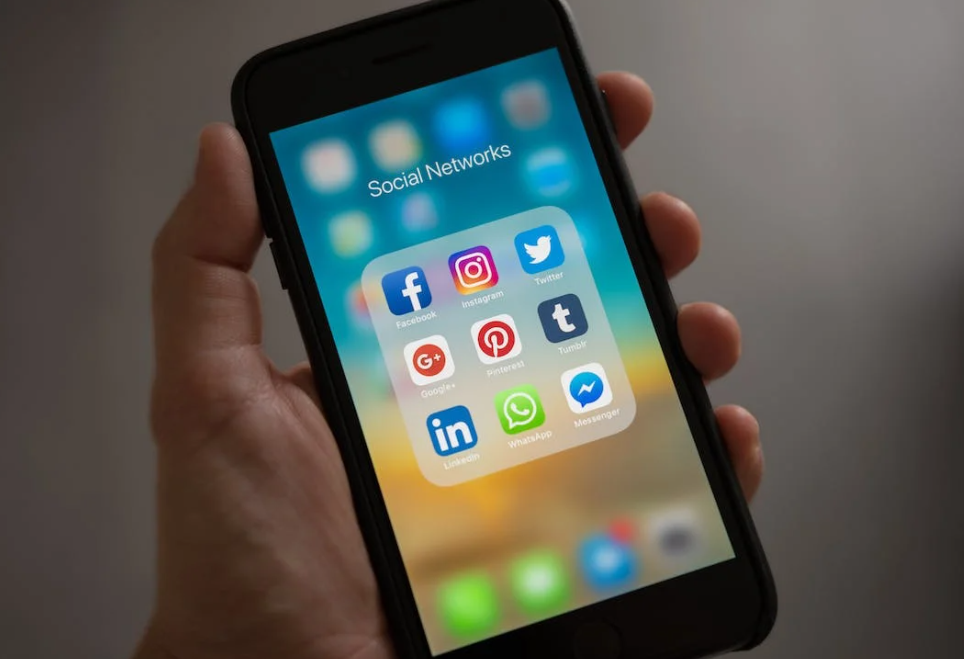Not all Instagram influencers are created equal. We tend to think of influencers as people with huge followings on social media. But what it means to be an influencer on Instagram has changed in recent years to include a variety of profile types.
As a small business, it’s important you understand the different influencer tiers, how to find influencers and which are accessible to you. On Instagram, there are five main influencer tiers, organized by their number of followers.
Nano influencers: 1-5K followers
Nano influencers have the smallest followings, but make up for that with the highest engagement rates in the influencer marketing industry. Engagement shows the level of connection and interaction between an influencer.
As nano influencers generally work in niche categories, they tend to have followers who are intensely interested in their content. Further, they come across as authentic, real people, which makes followers trust them more than top influencers with overly polished profiles.
When working with nano influencers, brands can usually close collaborations in exchange for free products alone. Just know that these aren’t yet professional influencers. They might need a bit more time to publish content, as they can’t dedicate the entirety of their time to social media.

Micro influencers: 5-50K followers
Like nano influencers, micro influencers tend to have high engagement rates. But their followings are slightly bigger, and they’re a bit more experienced when it comes to brand collaborations. In fact, lots of brands, small and large, are choosing to work with micro influencers these days.
Followers consider micro influencers experts in their chosen niches. They hit the sweet spot between good engagement and a decent following. Some will collaborate with brands for products; others will charge a fee (of up to around a few hundred dollars) for their services.
Medium influencers: 50K-100K followers
In this tier, influencers start to shift from hobbyists to professionals. They start requiring fees in exchange for content, their content starts to get more polished, and some even begin to hire managers.
Medium influencers obviously have a greater reach than nanos or micros, but their rates also go up. This makes it difficult for small brands to collaborate with them, unless there’s already an existing relationship or the influencer happens to be a huge fan of your products.
Macro influencers: 100K-1M followers
Macro influencers are the big leagues of influencer marketing. With 100K+ followers, they’re no strangers to frequent brand collaborations. They know the ropes of the industry, and they’ve generally worked out their personal aesthetic and voice.
For big brands or international campaigns, macro influencers may help them work towards their marketing goals. Their reach is much greater than that of nano or micro influencers, meaning their content has the chance of getting in front of more people. However, for small businesses, working with macro influencers is unrealistic due to the prices they charge for content.
Another thing to note here is that as follower count increases, engagement tends to decrease. So while your collaborations with medium may reach more people, those followers might not be as lasered in on a certain niche.
Mega influencers: 1M+ followers
These are the celebrities of Instagram. They might be celebrities because of their work outside of social media. Ariana Grande (@arianagrande), for example, has 228M followers on Instagram, but those people don’t follow her just for the content she produces, but rather because she’s a famous singer.
Mega influencers could also be celebrities after having worked up the influence tiers. Take James Charles for example. While working as a makeup artist, he started his Youtube channel; he now has 25.7 subscribers there and 27.3M followers on Instagram.
Whichever path to social media stardom they took, mega influencers have one thing in common: they’re expensive to hire. And even though they can reach millions of people, not everyone trusts them due to their heavily edited style.
Which influencers are right for small businesses?
Influencer marketing isn’t one size fits all. The influencers you choose to collaborate with depend completely on your campaign and its objectives. That being said, small companies generally just can’t afford top influencers. But thankfully, nano and micro influencers are perfectly capable of generating good results and come at a much more budget-friendly price.
Just remember to thoroughly analyze influencer profiles before choosing your collaborator. You want to ask yourself the following questions:
- Do they have healthy performance-driven metrics, like growth and engagement?
- Are they and their audience located in an area accessible to my small business?
- Is their voice the right one to share my brand’s message?
- Does the influencer uphold my brand values?
- Does their style complement that of the brand?
If you want to learn more about how to find influencers, analyze their profiles and negotiate collaborations, check out this influencer marketing guide.
Conclusion
As a small business trying out influencer marketing, it’s important that you understand your limits and work within them, instead of against them. Thankfully, in today’s world there’s no one single definition of what it means to be an influencer. Nano and micro influencers, despite their small followings, can offer you high engagement to their audiences for relatively little cost.
Just remember to relate your influencer discovery back to your campaign’s goal. Choose people who can help you work toward that objective and who align with your brand, its missions and values.














